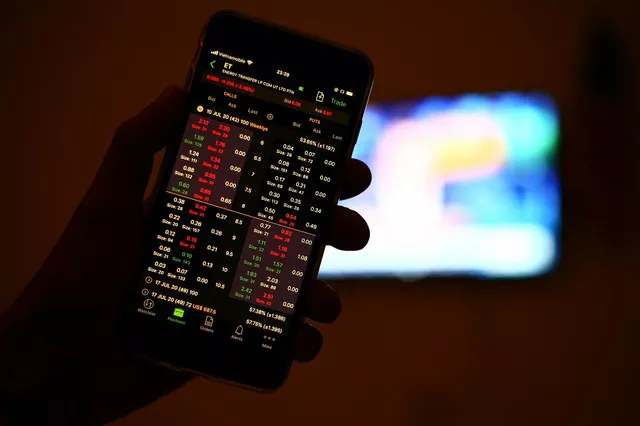In today’s ever-changing economic landscape, more and more investors are turning to commodities like wheat futures to diversify their portfolios and seek potential profits.
What are Wheat Futures?
Before diving into the buying process, let’s grasp the basics of wheat futures. Wheat futures are contracts that allow traders to buy or sell a specified amount of wheat at a predetermined price and date in the future. These contracts are standardized and traded on regulated exchanges, such as the Chicago Board of Trade (CBOT). Wheat futures serve as a vital tool for both hedgers and speculators, offering them opportunities to manage price risks and profit from price fluctuations, respectively.
Understanding Wheat Market Fundamentals
Successful wheat futures trading starts with a solid understanding of the market fundamentals. Factors influencing wheat prices include supply and demand dynamics, weather conditions, global production, and geopolitical events. Keeping a close eye on these key drivers will empower you to make informed decisions when trading wheat futures.
1. Supply and Demand: Changes in global wheat supply and demand can significantly impact prices. Factors like weather-induced crop failures, changes in consumption patterns, and international trade policies play a crucial role in shaping the supply-demand balance.
2. Weather Conditions: Wheat is highly sensitive to weather conditions, making it susceptible to crop-threatening events such as droughts, floods, or extreme temperatures. Monitoring weather forecasts in major wheat-producing regions is essential for anticipating potential price movements.
3. Global Production: Wheat is cultivated worldwide, with major producers including China, India, Russia, and the United States. Paying attention to the production levels in these countries will help you gauge market sentiment.
Choosing a Reputable Brokerage or Platform
Selecting a reputable brokerage or trading platform is a critical step in your wheat futures journey. Here are some key factors to consider:
1. Regulation and Security: Ensure the brokerage is regulated by a recognized authority. This provides an added layer of security and ensures fair trading practices.
2. Trading Fees: Different brokerages may have varying fee structures. Look for a platform with transparent and competitive commission rates to optimize your returns.
3. User Interface: A user-friendly interface can make your trading experience more seamless. Look for a platform that provides intuitive charting tools and quick execution of trades.
4. Research and Educational Resources: Access to market research, educational resources, and analytical tools can enhance your trading knowledge and decision-making.
Opening and Funding Your Account
Once you’ve chosen a suitable brokerage, the next step is to open and fund your trading account. Follow these steps to get started:
1. Registration: Complete the registration process by providing the necessary personal information and verifying your identity as required by regulatory standards.
2. Account Type: Choose an account type that aligns with your trading goals and risk tolerance. Common options include individual accounts, joint accounts, or retirement accounts.
3. Deposit Funds: Fund your trading account with an initial deposit. Be sure to consider the minimum balance requirements and available payment methods.
4. Practice Trading: Many platforms offer demo accounts that allow you to practice trading with virtual funds. Utilize this feature to familiarize yourself with the platform and refine your trading strategies.
Executing Trades and Risk Management
With your account funded and ready, it’s time to execute your first wheat futures trade. Here are essential tips for effective trading and risk management:
1. Trade Wisely: Start with a small position size and gradually increase as you gain experience and confidence in your trading abilities.
2. Set Stop-Loss Orders: To limit potential losses, always set stop-loss orders to automatically close a trade when the price reaches a predetermined level.
3. Stay Informed: Continuously monitor wheat market news and updates to stay informed about potential market-moving events.
4. Diversify: Avoid putting all your capital into a single trade. Diversifying your portfolio can mitigate risks and increase the likelihood of long-term success.
Conclusion
Buying wheat futures can be a rewarding investment strategy if approached with a well-informed and disciplined mindset. By understanding the fundamentals, choosing a reputable platform, and practicing risk management, you can navigate the wheat market with confidence. Remember that learning and experience are key to mastering the art of trading wheat futures successfully. So, equip yourself with knowledge, stay updated, and embark on your journey to explore the exciting world of wheat futures trading.


